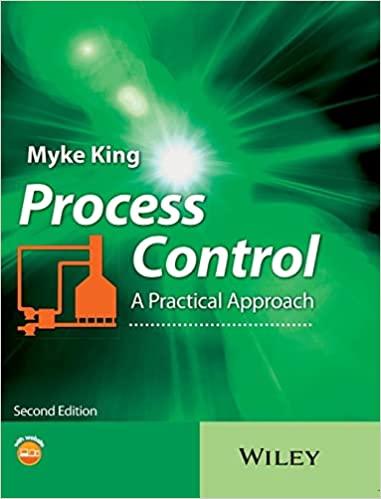Question
For the past six months, chemical engineering student D'Neisha Smith has been working with a local manufacturing firm as a part of her university's co-op
For the past six months, chemical engineering student D'Neisha Smith has been working with a local manufacturing firm as a part of her university's co-op program. For several years the firm has been using Chemical A as a catalyst in its manufacturing process. Chemical A is carcinogenic, although studies supporting this claim have only recently been published. Without taking elaborate safety precautions, workers handling Chemical A will be exposed to sufficient amounts to risk cancer. Moreover, the disease can take up to 20 years to manifest itself. The company implemented safety procedures and controls, but workers routinely ignored them. The safety procedures slow down the manufacturing process, and the workers frequently cut corners to meet quotas. D'Neisha knows of another chemical, B. which also serves as a catalyst in this manufacturing process but is not carcinogenic. However, Chemical B is considerably more expensive. Manager Elle Jones has called a meeting to refine and possibly re-engineer the company's manufacturing process. D'Neisha Smith attends with Senior Engineer Marcus Jackson, Industrial Engineer Jenna Ramos, who supervises the manufacturing process, and Marketing Specialist Curt Ames. D'Neisha decides to bring the issue up at the meeting. She cites the recently discovered dangers of Chemical A and the tendency of the workers to violate safety procedures in using it. She then discusses the research on Chemical B: although B is more expensive than A, it is much safer and is just as effective a catalyst as A in the manufacturing process. Her argument meets with stiff resistance, especially from Manager Elle Jones. She tells D'Neisha that her job is to make suggestions for streamlining the existing manufacturing process, not to design a new one. Furthermore, she argues, if there were a problem with safety, she would have heard about it by now from the Human Resources or Legal Affairs departments. The two engineers present say very little; they seem intimidated by Jones and apparently intend to follow her lead. Jones asks the two engineers if using Chemical A violates OSHA(Occupational Safety and Health Administration) regulations; they reply that to the best of their knowledge, it does not. Jones concludes by proposing that if there are no further objections, the company will continue using Chemical A. Nobody objects.
Step by Step Solution
There are 3 Steps involved in it
Step: 1

Get Instant Access to Expert-Tailored Solutions
See step-by-step solutions with expert insights and AI powered tools for academic success
Step: 2

Step: 3

Ace Your Homework with AI
Get the answers you need in no time with our AI-driven, step-by-step assistance
Get Started


